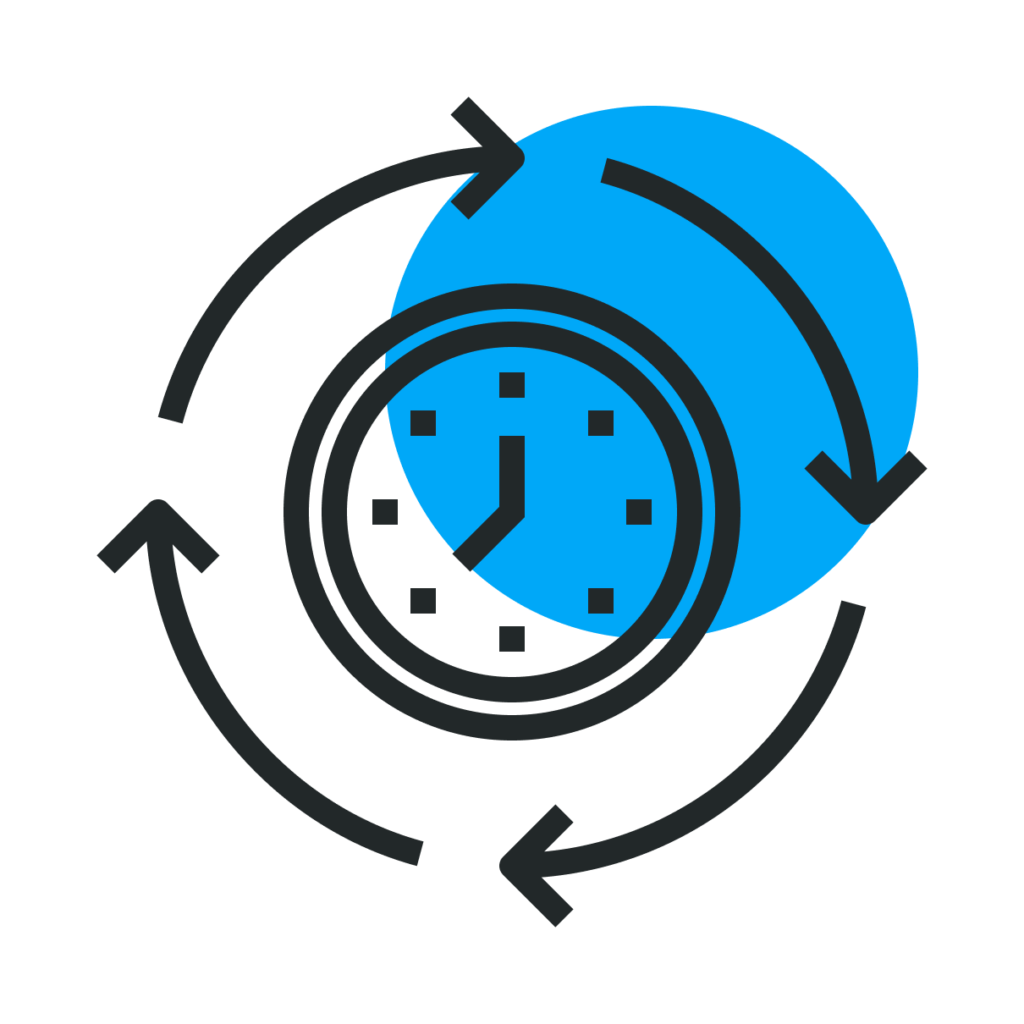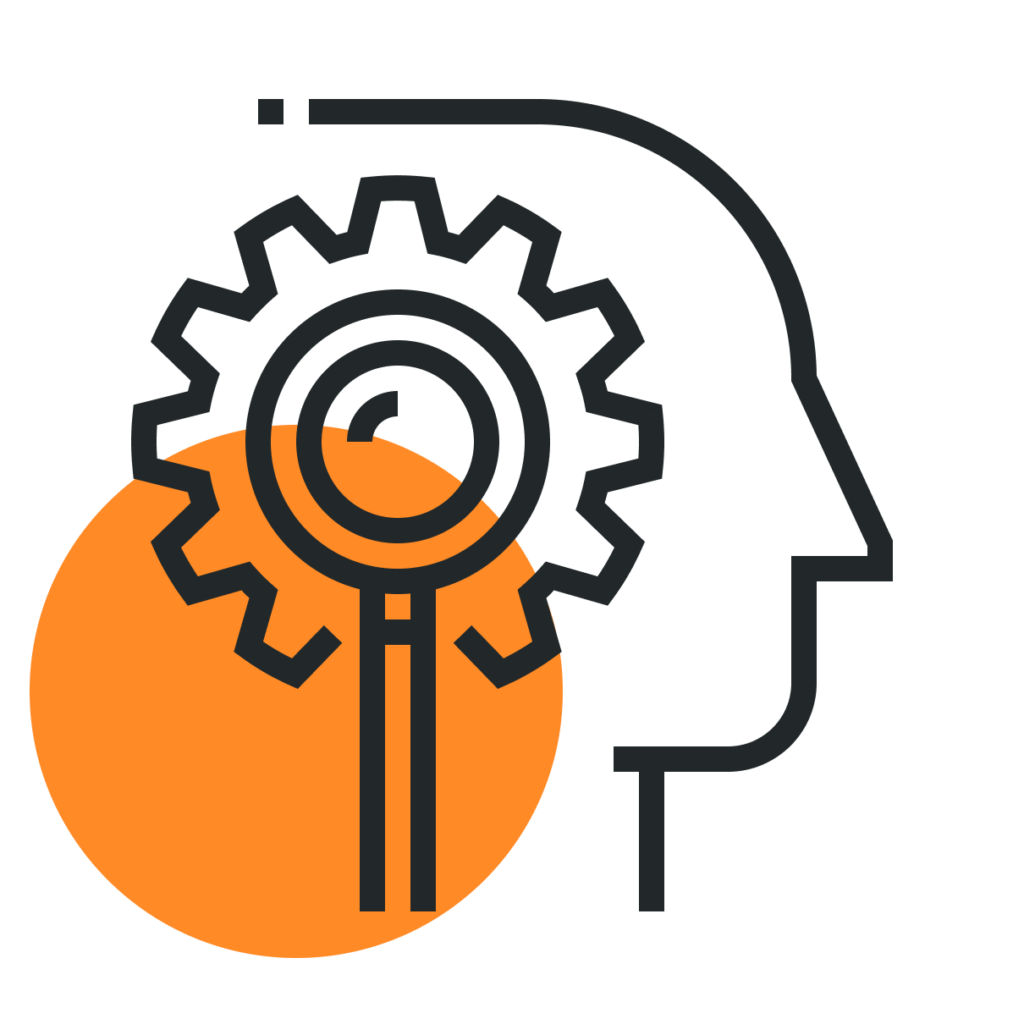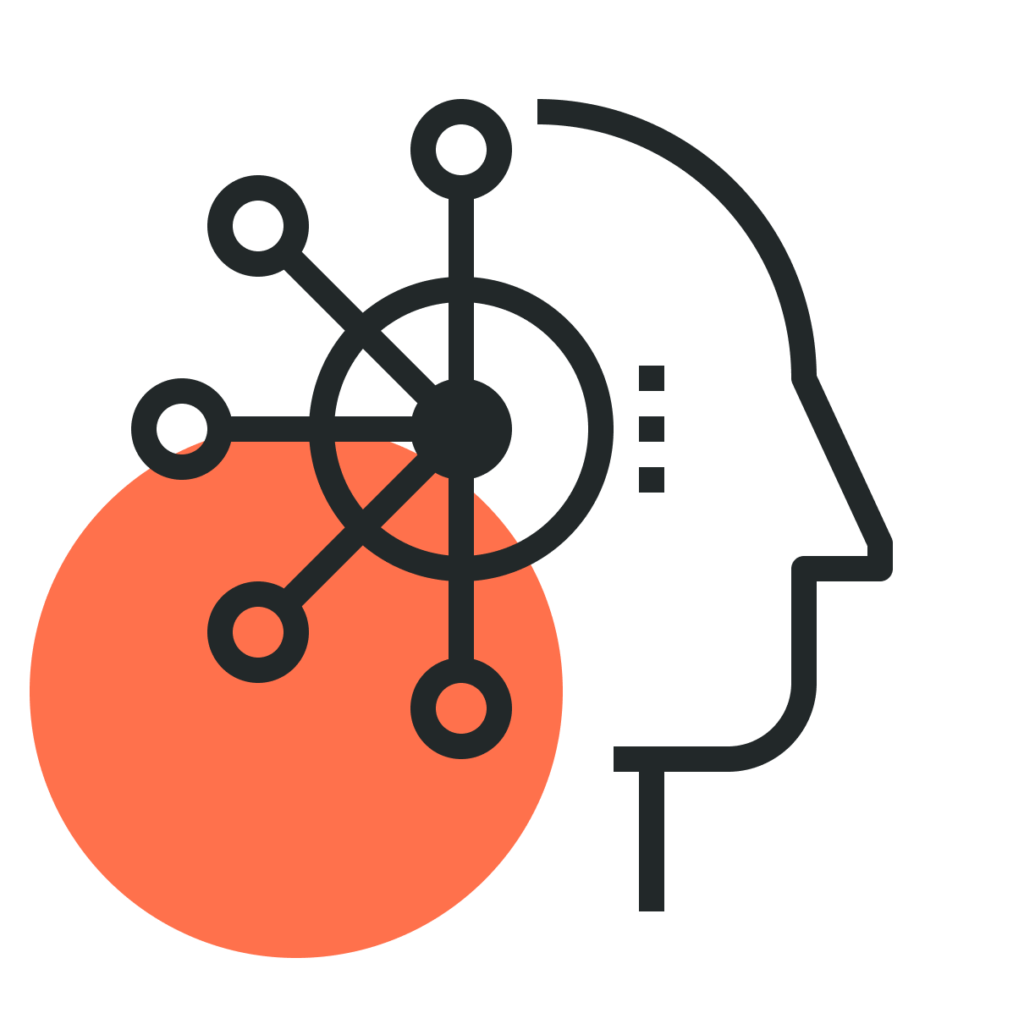Your cart is currently empty!
🎯 Here are some key takeaways:
Challenge your comfort zones
Be proactive in exploring new ideas and perspectives, as Status Quo Bias can make you stick to familiar but potentially outdated concepts.
Stay updated on emerging technologies
Actively seek out and evaluate new technologies to avoid the trap of Status Quo Bias, which can result in using outdated tools and frameworks.
Use data to drive change
When proposing changes, arm yourself with data to overcome Status Quo Bias. Demonstrable benefits can help persuade teams to move away from established but less effective methods.
Balance the status quo with new opportunities
Objectively evaluate the pros and cons of maintaining the status quo versus pursuing new ways of doing things. It’s possible the status quo isn’t so bad after all.
Promote a mindset of continuous improvement
Promote a culture of continuous learning and improvement for the better. Encourage your team to find flaws with the current practices, and empower your team to improve them.



